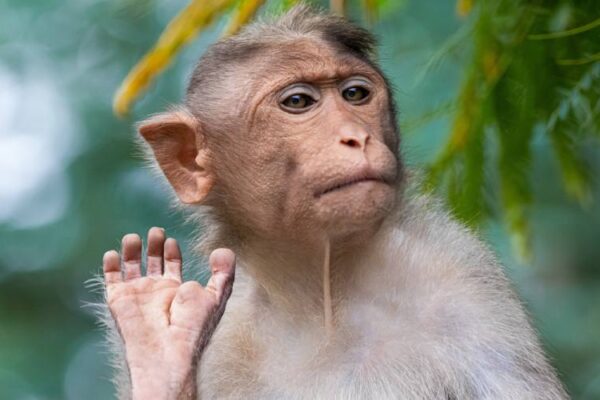Jaguars, toucans, and capuchin monkeys represent the biodiversity of tropical rainforests. Their vibrant colors and varied behaviors showcase the complexity of this rich ecosystem.

The Role of Zoos in Animal Conservation
In a world where habitats are shrinking and species are disappearing at an alarming rate, zoos have become critical in the fight for wildlife conservation. The primary mission of modern zoos is no longer simply to showcase animals for entertainment but to ensure the survival of endangered species through breeding programs, education, and habitat preservation.
Many species, such as the California condor and the Arabian oryx, owe their continued existence to zoo-led conservation efforts. These programs are designed to increase population numbers in captivity and eventually reintroduce animals into the wild, where their natural habitats are restored or protected.
In addition to direct breeding programs, zoos play a crucial role in educating the public about the importance of biodiversity. By highlighting the plight of endangered species and showing visitors how they can contribute to conservation, zoos foster a greater appreciation for nature. Many zoos also partner with global conservation organizations, funding research and on-the-ground efforts to protect wildlife habitats around the world.
Critics of zoos often argue that keeping animals in captivity is inherently cruel. However, modern zoos have evolved significantly from the cramped, inhumane enclosures of the past. Today’s zoos prioritize the mental and physical well-being of their animals, creating environments that closely mimic natural habitats and providing enrichment activities to stimulate the animals’ instincts.
In conclusion, while zoos are not without their controversies, their role in conservation is undeniable. Through breeding programs, education, and partnerships with conservationists, zoos are helping to ensure that future generations will be able to experience the wonders of wildlife.


